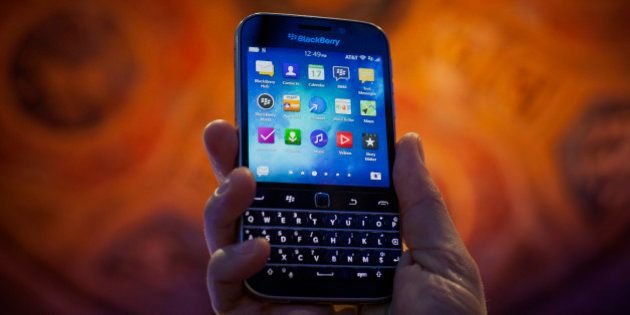
Bloomberg via Getty Images
BlackBerry, formerly known as Research In Motion was a major smartphone vendor, commanding 20 percent of the global marketshare in 2009. Despite its forays into touchscreen handhelds and a complete revamp of their OS, the advent of low cost Android phones has dented the company's marketshare, which has plunged to less than 1 percent in 2014. As the company tries to rediscover its roots with the launch of the BlackBerry Classic, here's a timeline of their most iconic mobile phones.
RIM Inter@ctive Pager 950 (1998)
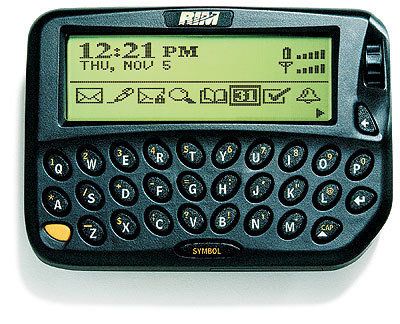
The RIM Inter@ctive Pager 950 was one of the first true BlackBerry devices. Released in 1998 it looks more like a large pager - because that's exactly what it was. But it could also handle messages up to 16,000 characters, and came with an Intel 386 processor - which was pretty good at the time. Oh, and it ran for almost a month on a single AA battery. Take that, iPhone. It cost $350 at launch.
RIM 957 Wireless Handheld (2000)
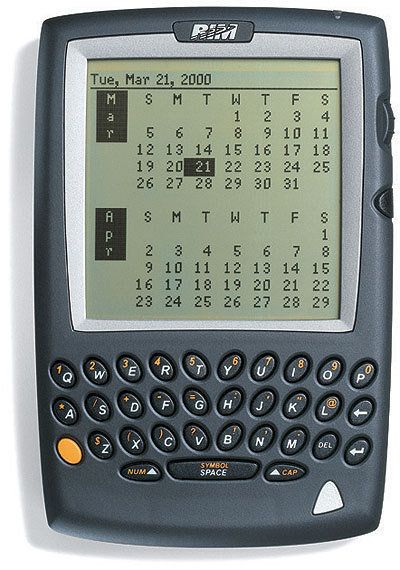
The RIM 957 Wireless Handheld was introduced in April 2000, and was described as a "breakthrough palm sized wireless handheld". It gave users access to the Internet, email, pager and organiser functions, with a 32 bit Intel 386 processor and 5MB of flash memory. It was the first device to offer 'always on" performance, and sold for about $500.
BlackBerry 5810 (2002)

The first true 'BlackBerry' was the 5810 - and it was also the first to include Voice Calls. That's right - the earlier devices weren't even phones, making this the first truly integrated phone-organiser-email-thingy. It was expensive - $749 - but could do just about most of the same things a basic smartphone can do today.
Advertisement
Blackberry 7230
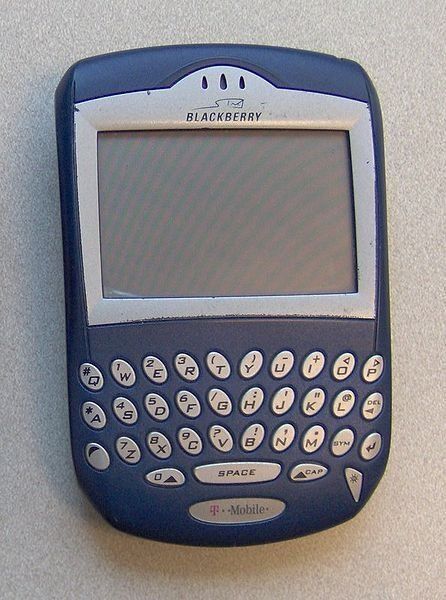
One of the most famous - even iconic - BlackBerry devices ever was the classic blue Blackberry 7230, which came with a 65k colour screen instead of the old monochrome versi0on, as well as 16MB of storage and a battery with up to 240 hours of stand-by. It sold for about $400 at the time, and featured a full QWERTY keyboard.
'SureType' BlackBerry
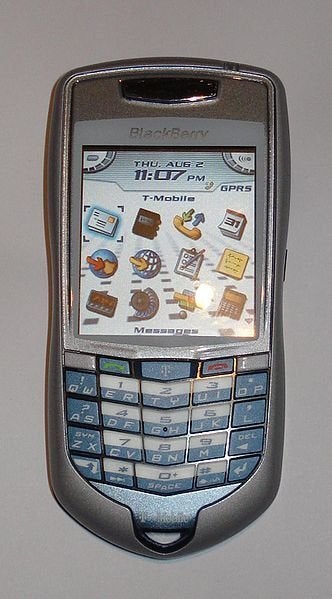
The BlackBerry 7100 series featured the company's first models without a full keyboard, instead opting for the T9 'SureType' system familiar from other mobiles. The phones were popular with the mass-market as they looked and were sized similar to normal phones,. They were marketed to consumers for about $200.
BlackBerry 8700 (2005)
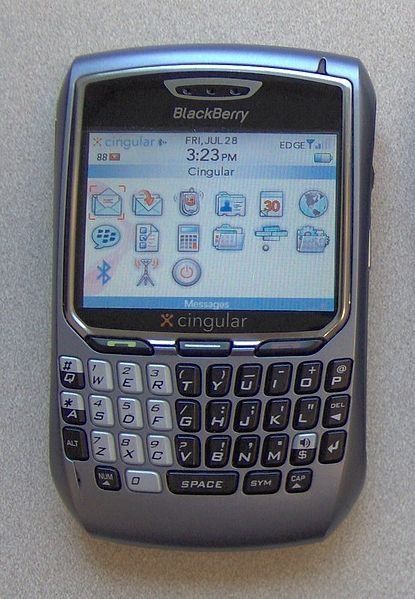
The BlackBerry 8700 was the first of its handhelds to use high-speed internet via EDGE. It offered much faster browsing and came with a QVGA 320 by 240-pixels screen, as well as Bluetooth support and 64mb of Flash memory.
Advertisement
BlackBerry Pearl (2006)
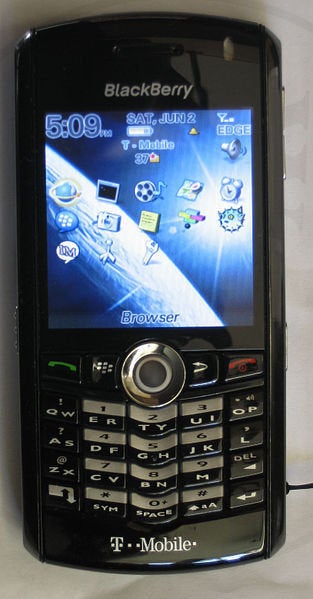
The Pearl was at the time the smallest BlackBerry ever released. It weighed just over 3 pounds and cost just $200 with a two-year contract. It was the first BlackBerry to come with a camera and a microSD slot.
BlackBerry Curve (2007)

The BlackBerry Curve 8300 came with a camera, a 3.5 headphone jack and a full QWERTY keyboard. It was pretty cheap - $200 on contract - but looked more like a high-end professional device.
BlackBerry Bold (2008)

The BlackBerry Bold is in some ways the ultimate BlackBerry - sleek, dark, with a full QWERTY keyboard and support for 3G networks, 1GB of memory and a higher-resolution display, it pretty much opitimises what the BlackBerry was all about.
Advertisement
BlackBerry Storm (2008)
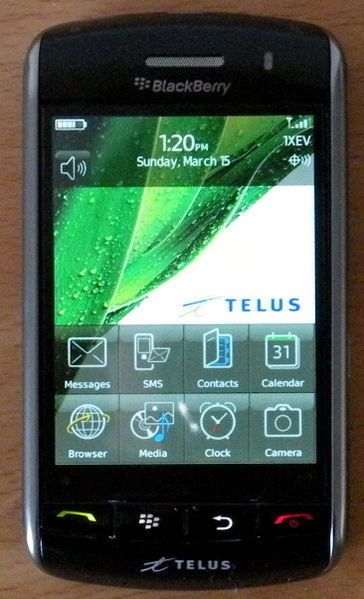
The Storm was BlackBerry's first phone without a keyboard, and it launched to mixed reviews. It was clear that RIM's software wasn't able to keep up with the current crop of devices, and that BlackBerry needed a relaunch. That wouldn't happen until 2013.
BlackBerry Torch (2010)
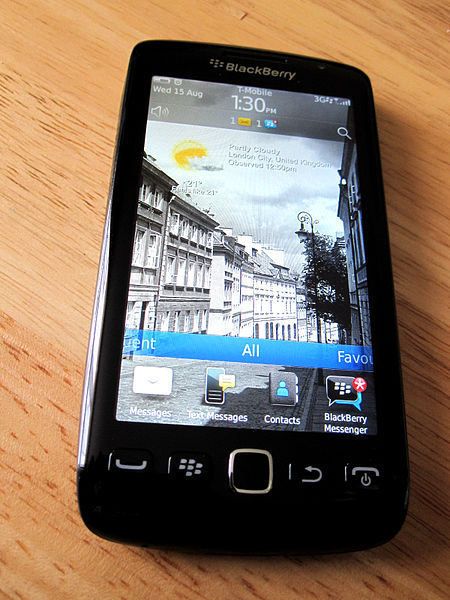
The BlackBerry torch was pitched as the first "elite" consumer offering from RIM. It's slider form factor, full keyboard and touchscreen placed it as the mid point between and iPhone and an old school Blackberry, but for reviewers it wasn't able to do either job well and it failed to gain much attention.
BlackBerry Z10 (2013)

Launched in the first quarter of 2013, the Z10 was the first smartphone to run on Blackberry 10, a QNX based OS. The interface was optimised for gestures and touch, and featured an Android layer, which allowed users to install Android apps. Specs wise, the Z10 featured a 1.5 GHz dual core processor and a 4.2-inch screen, a micro HDMI port for presentations and NFC for mobile payments.
Advertisement
BlackBerry Z30 (2013)
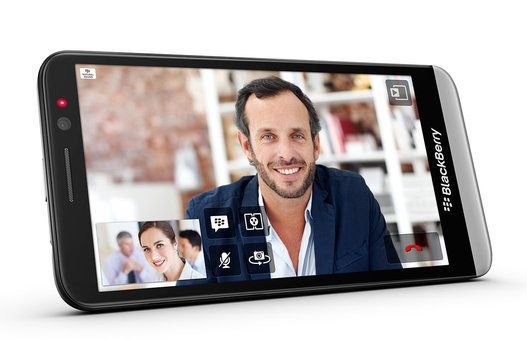
The Z30 was their flagship phone of 2013, the OS was updated to 10.2, the Z30 integrated a faster processor and a 5-inch Super AMOLED display, along with a 2880 mAh battery. Reviewers praised the hardware and design, but complained about the steep learning curve of the user interface.
BlackBerry Passport (2014)

BlackBerry Passport has a 4.5-inch screen in an unconventional 1:1 aspect ratio. It incorporates a 13 megapixel camera, a physical QWERTY keyboard that can be used like a trackpad, and a 3450 mAh battery, the largest on a BlackBerry yet.